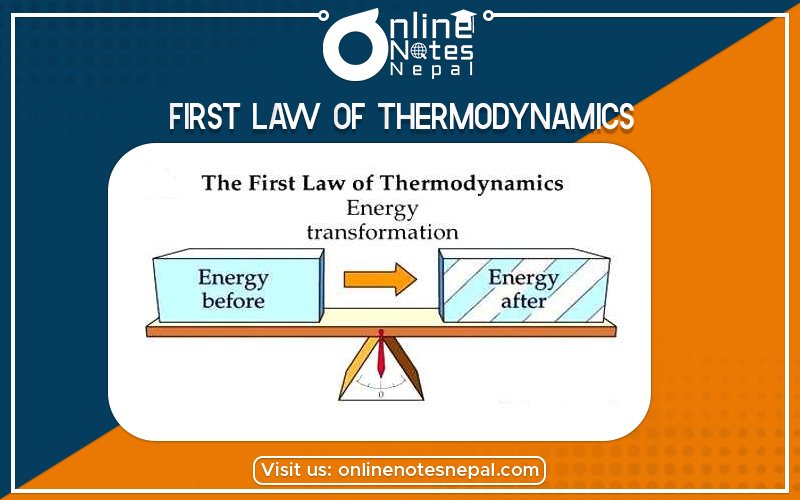Published by: Nuru
Published date: 26 Jun 2021

Thermodynamics is the branch of physics that deals with the relationships between heat and other forms of energy. “First Law of Thermodynamics says that the internal energy of a system has to be equal to the work that is being done on the system, plus or minus the heat that flows in or out of the system and any other work that is done on the system,” said Saibal Mitra, a professor of physics at Missouri State University. “So, it’s a restatement of conservation of energy.”
The first law of thermodynamics also known as the law of conservation of energy. It can be stated as the total amount of energy in the universe i.e. system and surrounding remains constant whatever one form of energy can be converted into another form.